At Bridge Classic Cars, we’ve always been passionate about keeping the past alive in the form of all of the classic cars that enter the workshop. Each one, regardless of make and model, comes with a story from the time it left the production line to the day it arrived here with us. In essence, all that we do is based on preserving history as close to the original as possible.
However, the world has changed so much since the majority of these cars began their lives. Priorities change, stories change, and society as a whole moves on. Right now, we understand the need to consider the environment and act in more sustainable ways in order to preserve not just our history, but also the future.
That being said, we also understand that classic cars and internal combustion engines go hand in hand. The team here appreciates that there are multiple options for sustainable motoring, whether that be EVs or any other technology that will be developed in the future. For those enthusiasts who only want to drive cars with the original engines though, there aren’t any other viable options; but we have the answer in the form of synthetic fuel.
We have partnered with P1 Fuels as we are now running all of our competition cars on synthetic fuel with our 1971 Mini Cooper S being the first to make the switch.
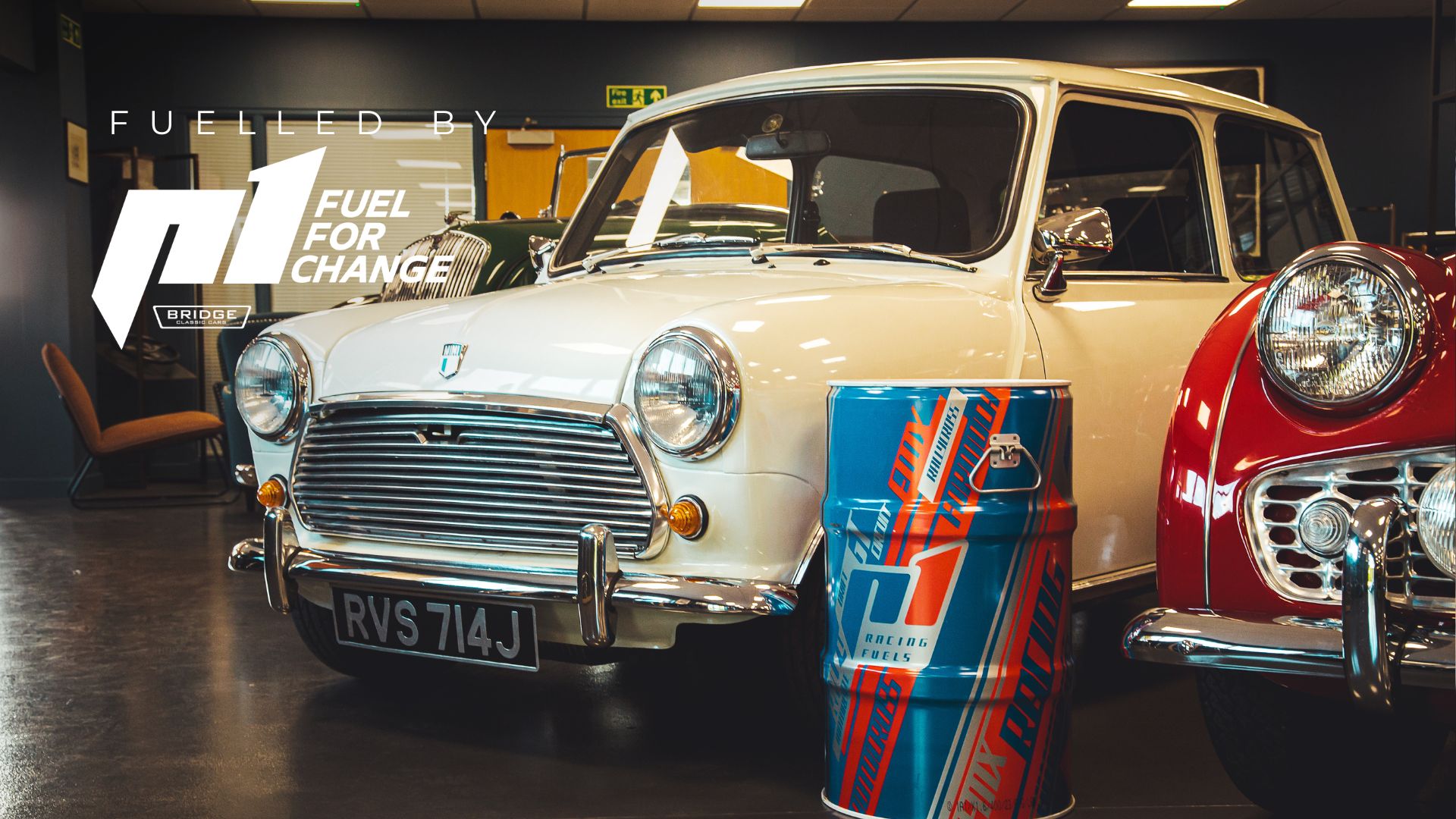



Why Synthetic Fuel?
Synthetic fuel has relatively recently emerged as a potential industry-changing solution, allowing classic car owners to continue to enjoy their internal combustion engines while also helping to protect the environment.
We felt that a classic Mini was the perfect car to lead our journey into the world of sustainability. The Mini is an iconic classic that is recognisable by pretty much everyone, whether car enthusiasts or not. This makes it the perfect car to show that classic cars can come with us into the future.
Being powered by synthetic fuel means that emissions from our Mini Cooper S (and every other competition car) are reduced by around 80%. This is a huge step toward sustainable classic car ownership.
One of the best things about synthetic fuel is that it is a drop-in solution that requires no modifications to your car. It can be mixed with traditional petrol so winners have the choice to either continue to run the car on P1 Fuels or use traditional unleaded petrol.
What this means is that our Mini Cooper S will run exactly the same regardless of whether synthetic or traditional fuel is used. It really is a viable alternative to petrol that fits in perfectly with the current infrastructure – i.e. you could quite literally put this fuel in petrol stations across the country and no one would be able to tell the difference – there would be an 80% reduction in emissions from each and every car though!
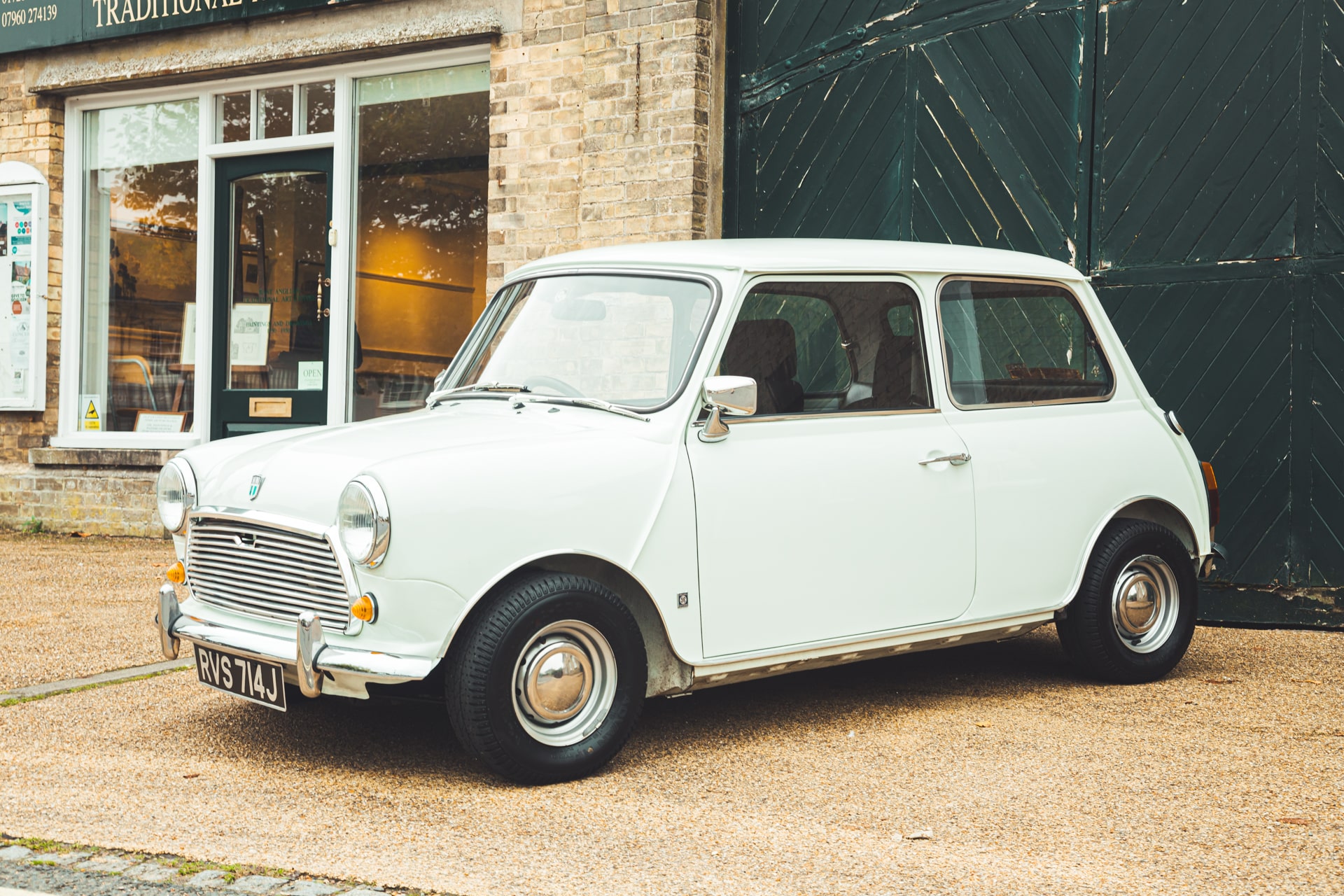
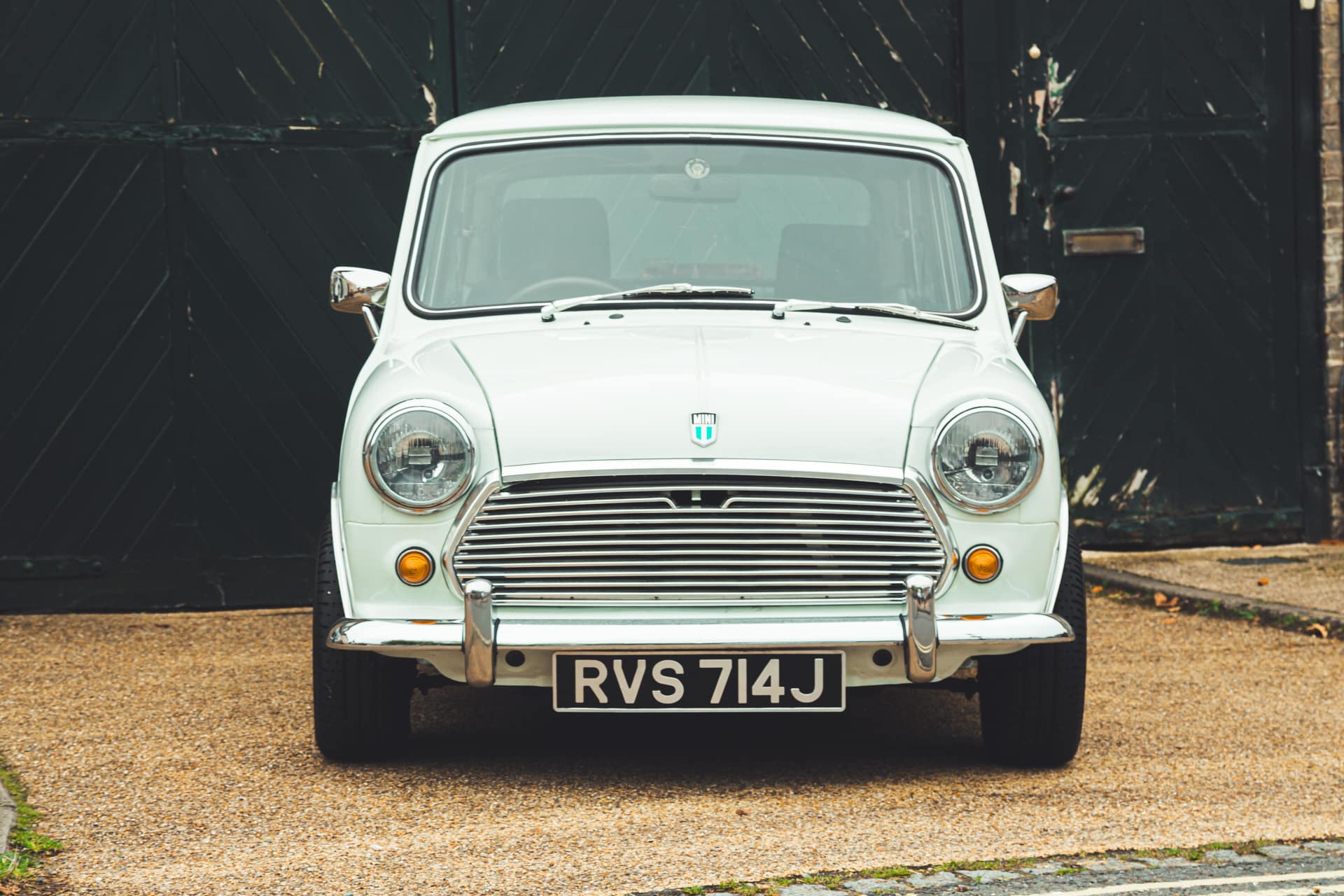
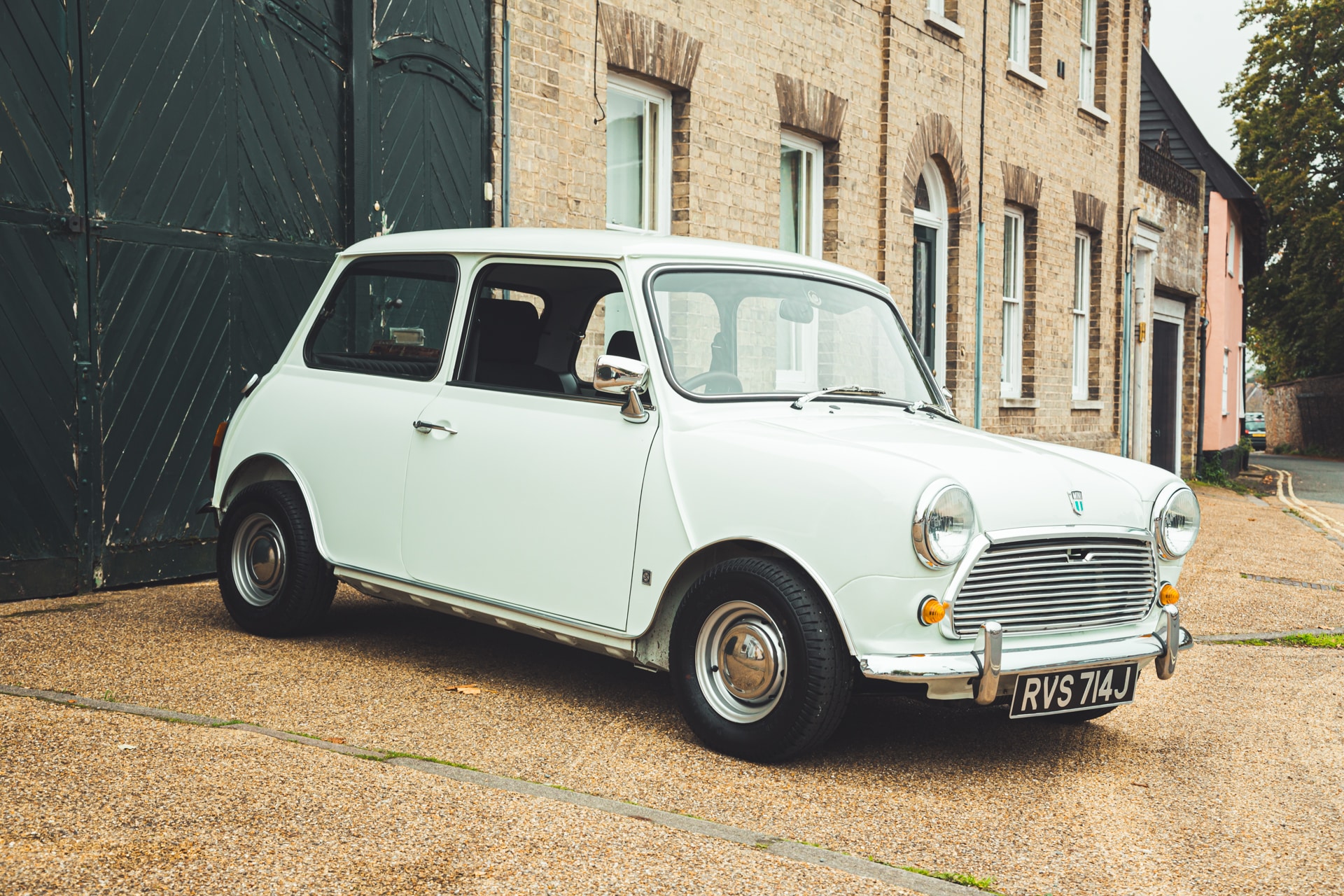
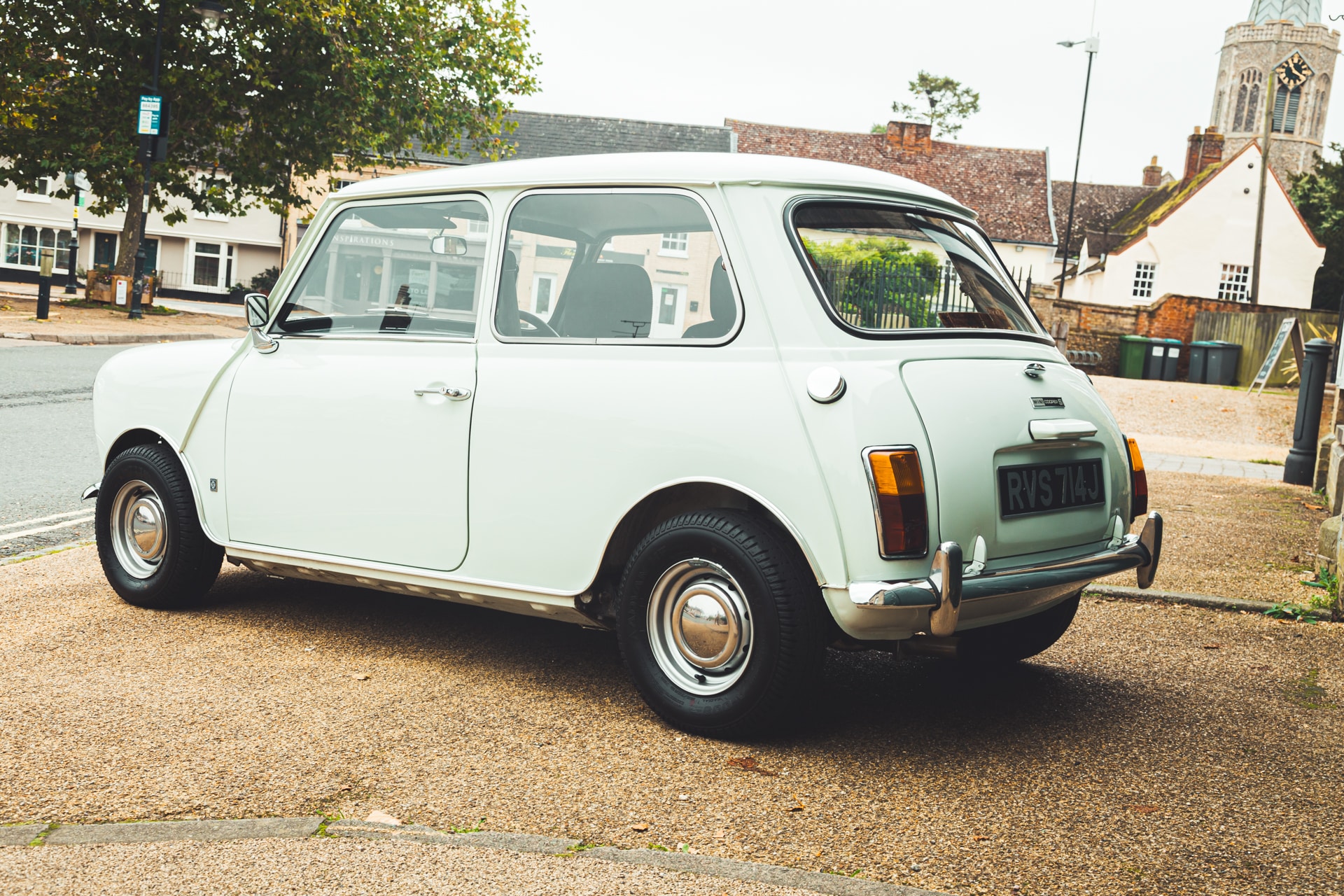
Leading the Way to Sustainable Classic Cars
At Bridge Classic Cars, we’re committed to doing our part to reduce our environmental impact. Our collaboration with P1 Fuels is a step toward achieving our goal of being a sustainable business, and our team is constantly exploring new technologies and approaches to make everything we do cleaner and greener.
The introduction of synthetic fuel to our competition cars is one of several ways we’re trying to make classic car ownership more sustainable. For us, it’s not about one car running on synthetic fuel; it’s about getting cars on the road that are running in a much more sustainable way. We want to set an example, motivate petrolheads to change, and show that sustainable practices can preserve the experience of owning and driving a classic car.

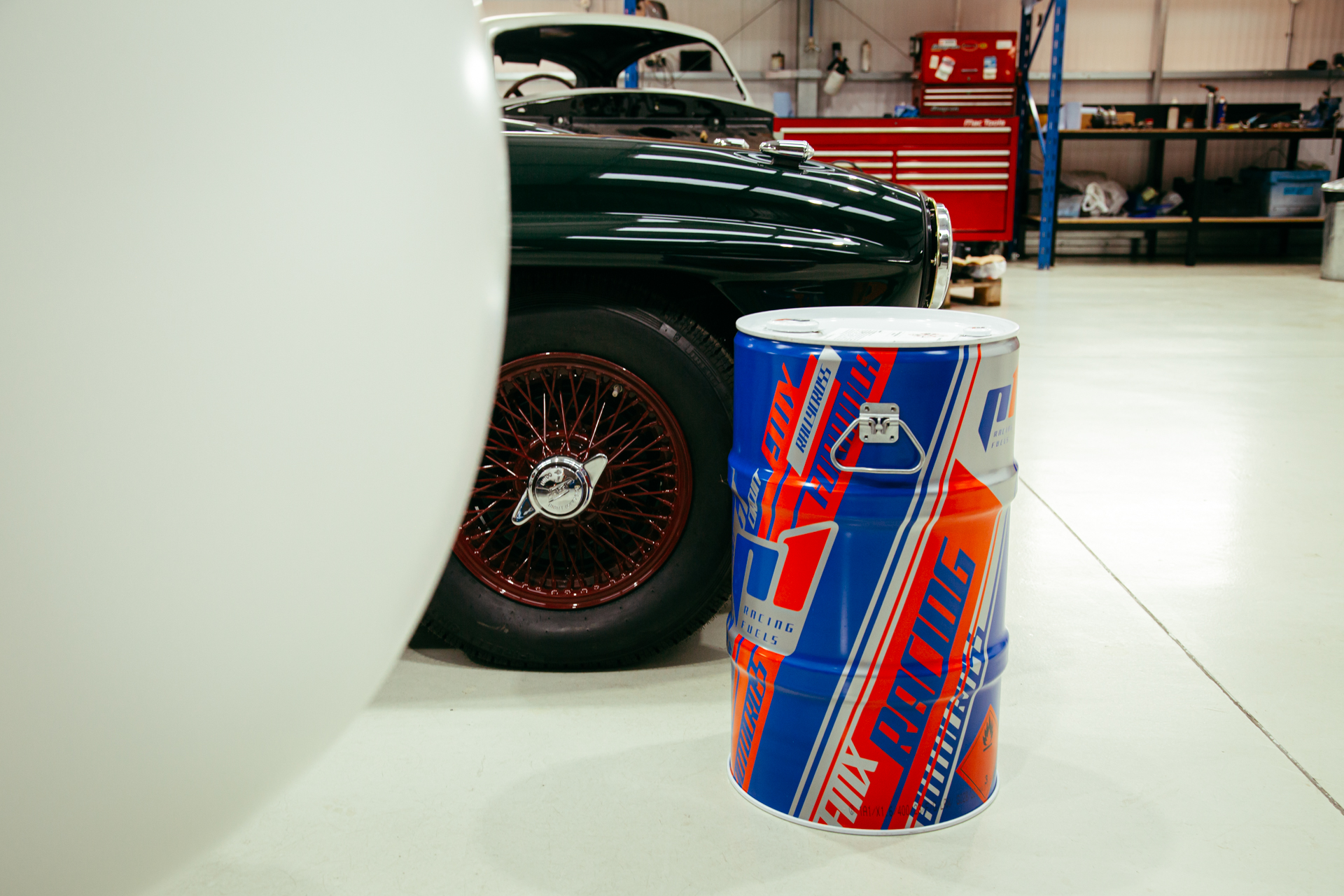


What is Synthetic Fuel?
Synthetic fuel is a man-made alternative to fossil fuels. It works exactly like petrol but is produced through a process that combines carbon dioxide and hydrogen, rather than being pumped out of the ground like oil.
What is Synthetic Fuel Made of?
Synthetic fuel has two main ingredients:
- Carbon Dioxide (CO₂): This is often taken from the air or from industrial sources.
- Hydrogen (H₂): This comes from water, using a process that separates hydrogen and oxygen atoms.
How is Synthetic Fuel Made?
In very simple terms, you can make synthetic fuel in four steps:
1: Capture CO₂
You first need to capture CO₂. This can be done directly from the air (called Direct Air Capture) or from industrial sources (like factories or power plants).
2: Split Water to Get Hydrogen
Hydrogen is obtained from water using a process called electrolysis. Electrolysis involves sending an electric current through water to split it into hydrogen and oxygen.
P1 Fuels uses sustainable electricity at this point – further increasing its sustainability.
3: Combine CO₂ and H₂ to Make Hydrocarbons
Combining CO₂ and H₂ is done through chemical reactions known as the Fischer-Tropsch process. This is where CO₂ and H₂ join together under high pressure and heat, turning them into synthetic hydrocarbons.
4: Refine the Hydrocarbons into Synthetic Fuel
The synthetic hydrocarbons can then be refined into different types of fuels, like synthetic petrol.
An important point to note about P1 Fuels, which will be powering all of our competition cars, is that it is made using 100% non-fossil feedstock. This means that the biomass part of the fuel comes exclusively from second-generation biomass (non-food based feedstocks – e.g. agricultural residues etc). To simplify, the production of this synthetic fuel will never compete with food production!
Why is Synthetic Fuel More Sustainable?
As synthetic fuel uses CO₂ from the air or from waste emissions, it can be considered carbon-neutral. This means that the CO₂ released when the fuel is burned equals the CO₂ that was originally taken out of the air to make it.
Also, when powered by renewable energy, the production process itself has a low carbon footprint, helping make the fuel even more sustainable.


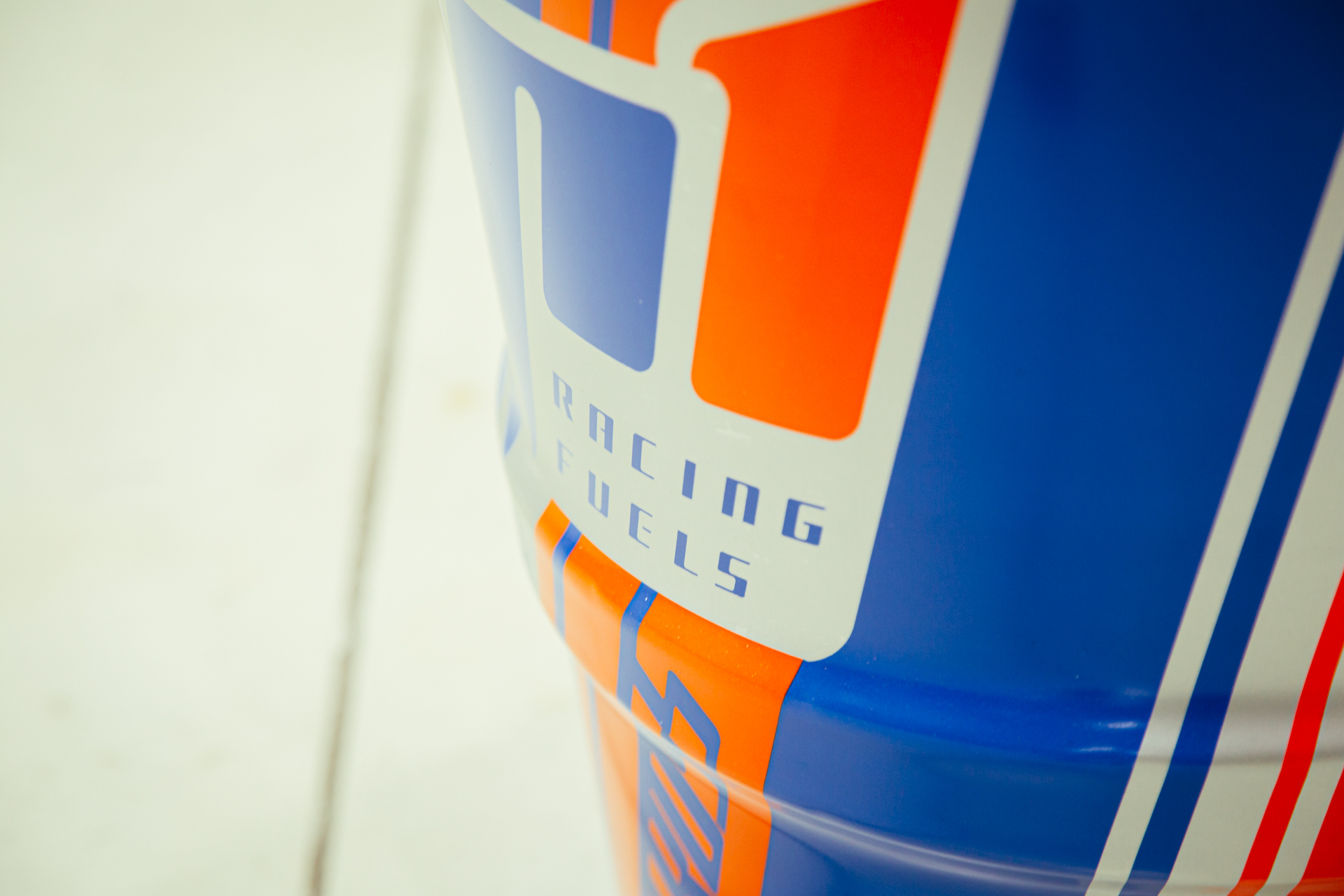
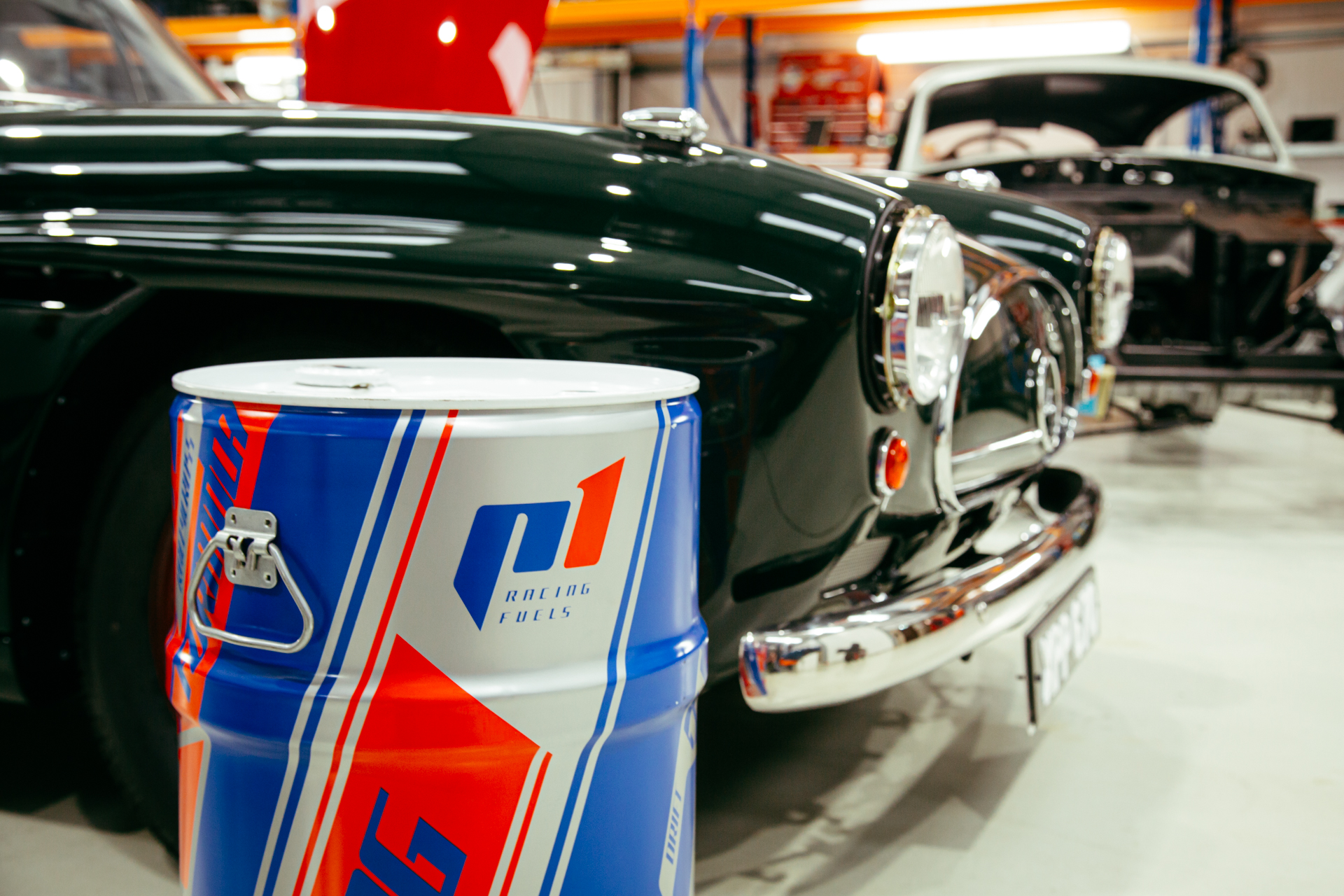
The Challenges of Synthetic Fuel
While synthetic fuel has huge potential, it’s still quite challenging to produce on a large scale. The process requires a lot of energy and is currently more expensive than extracting fossil fuels. But as technology improves, costs could come down, and it could very likely become a viable option for reducing emissions in the automotive industry.
Bridge Classic Cars and P1 Fuels
At Bridge Classic Cars, we’re proud to lead the way to sustainable classic car ownership. We’re proud of our story so far and our passion for classic cars. We have made a commitment to make this part of the automotive industry more sustainable while still honouring and preserving the history that these cars bring with them.
As far as we are concerned, we are helping to save the planet, one classic car at a time!

Leave a Reply
You must be logged in to post a comment.